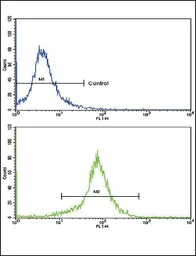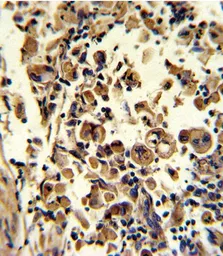SOD3 antibody, N-term
Cat. No. GTX81678
Cat. No. GTX81678
-
HostRabbit
-
ClonalityPolyclonal
-
IsotypeIgG
-
ApplicationsWB IHC-P FCM
-
ReactivityHuman


